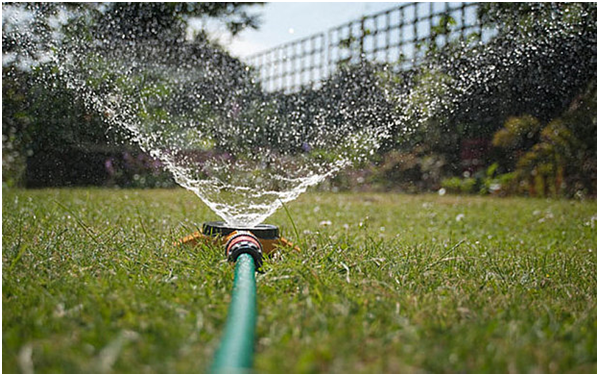Hot, dry summers mean brown, dry lawns, right? Well, in most cases this is normally true, however, there will always be those people that for some reason have lush and green lawns throughout the year. Let’s take a look at how they do it and how you can keep your lawn green all year long.
Mow high
Cutting your lawn too short in the warm summer months is the worst thing you can do for your lawn. The longer the grass, the longer the roots will grow and longer roots are able to reach down for moisture even on the hottest of days. Make sure that you set your mower to the highest setting and you’ll be shocked at the difference such an action can make.
Watering
Watering your grass too frequently encourages short grass roots, which causes the grass to stress during times of drought. This means that you’ll have to water your lawn more frequently. A good rule of thumb is to keep your lawn longer, so that the roots are longer and to water it infrequently and deeply – about an inch of water a week will keep your lawn green during the summer. Just be sure to water early in the morning or late at night to avoid too much evaporation.
Image Credit
Leave the cuttings
Don’t throw the cuttings away as they can actually be used as a slow releasing fertiliser for your lawn as they decompose. What’s more, they’re free.
Use sharp blades on your mower
Dull blades on mowers tear grass as opposed to cutting it, meaning that the grass actually heals more slowly and can acquire a brown look making it more prone to disease. The sharper the blade the cleaner the cut and the faster the grass will heal. If in doubt, hire professionals who carry out grounds maintenance Gloucestershire, has a good range http://gloucestershiregroundsmaintenance.co.uk, so that the job is done properly.
Aerate in autumn
According to http://time.com/money/2951475/greening-up-the-grass/ the best way to have a green lawn long term is to aerate it by creating hundreds of holes which loosen the soil and then top it with compost as well as grass seeds.
If you repeat this over a number of years you’ll improve not only the soil, but the grass type, giving you a greener lawn that is more drought resistant.


